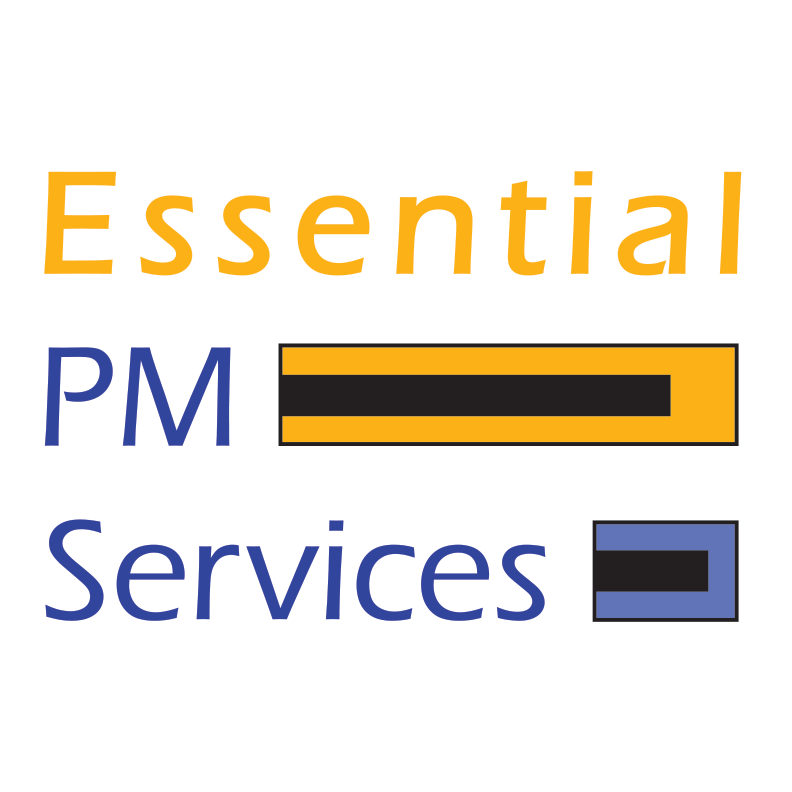Thus far, we have covered scheduling, cost estimating, and risk assessment and management, among other “getting started” activities. In each of these activities, there are people who are staking their claim to the project: The stakeholders.
What Is a Stakeholder?
Quite simply, a stakeholder is anyone who has a vested interest in or is impacted by the outcome of your project. Make no mistake, if you are communicating as you should, and your team and sponsors are talking about the project, stakeholders will come out of nowhere.
Who Is a Stakeholder?
It is easy to identify some of your stakeholders. The obvious answers are:
- Your project sponsor
- The advisory board or PMO
- The project team
Recognizing those stakeholders is almost too easy. But how many times have you heard of projects getting shut down because some external organization raised a ruckus? Or a governmental agency weighed in because the project might run afoul of regulations? Or because the project infringes on sacred or political beliefs?
But, those parties aren’t working on the project, how can they be stakeholders? Let’s go back to the definition: A stakeholder is anyone who has a vested interest in or is impacted by the outcome of your project.
Note: That does not mean that you think they have a vested interest or impact. However, they think they have a vested interest, making them a stakeholder whose needs must be addressed.
Claiming Your Stakeholders
Reviewing your project scope and requirements is a solid way to identify your stakeholders. For each objective or requirement, ask yourself these questions:
- Who requested this objective or requirement? The people you list are obvious stakeholders.
- Who implements them? Same as above; obvious stakeholders.
- Who is downstream from them? Not as easy. A manufacturing project may impact how financial reporting is conducted; hence, the accounting and financial reporting teams may be stakeholders.
- What suppliers or vendors are involved? Again, they may not be affected, but they may be. Deeper digging is needed.
- What is the potential impact on users or customers? Yes, your users, as a whole, are a stakeholder group. Nothing kills well-intended projects more than developing products or apps that are unusable.
- Are there social or political hot buttons related to the requirement? Your news and social media accounts provide preliminary answers to this question, but again, you need to dig.
And just like that, you compiled your initial stakeholder list. You have not stated how each stakeholder can impact the project, or how severely, but you have an initial, unqualified list.
Qualifying Your Stakeholders
How do you qualify the list? Like with almost everything you have done thus far, you discuss with your sponsor, advisory board, or PMO. Schedule a brainstorming or review session that starts from your unqualified list. See how many of your “may be” stakeholders become true stakeholders and give you new risks to manage!
Staking Your Claim (Takeaways)
Thus far, you have created a preliminary stakeholder list and elaborated upon it with the help of your sponsor and advisory board. This is the beginning of stakeholder management. As your stakeholders are staking their claim, it is time to identify how much weight they carry, and how much you, your sponsor, or the advisory board/PMO need to address these stakeholders. We will cover that in the next post.
